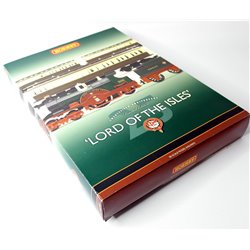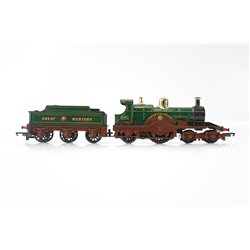Maintaining a spotless layout can be a constant battle against the elements. Whether it's dust, dirt, or that pesky...
No products
Product successfully added to your shopping cart
There are 0 items in your cart. There is 1 item in your cart.
Search Tips
What is the Iron Duke class of locomotives?
The locomotive named Great Western was initially built as a 2-2-2 locomotive in April 1846. It was soon converted to a 4-2-2 arrangement, with the leading wheels fixed rigidly within the sandwich framing, rather than using a separate bogie. The rest of the class entered service between April 1847 and July of the same year.
The Iron Duke locomotives were remarkably fast for their era, recorded at speeds reaching 78.2 mph (125.9 km/h). They hauled the Flying Dutchman express train, which held the title of the fastest express train in the world for several decades. In 1852, the daily service from London Paddington to Exeter (194 miles or 312 km) achieved an average speed of 53 mph (85 km/h), with the flatter section between London and Swindon covered at an average speed of 59 mph (95 km/h).
Around 1865, the Iron Duke Class became known as the Alma Class.
Between May and July 1870, three locomotives (Great Britain, Prometheus, and Estaffete) underwent extensive rebuilding, receiving new frames and boilers while retaining their original names. Subsequently, additional locomotives built to similar specifications entered service between August 1871 and July 1888. These new locomotives were generally referred to as the Rover Class. Although they took the names of withdrawn locomotives from the original design, they were entirely new builds rather than rebuilds, though it is believed that Rover, Swallow, and Balaklava may have incorporated some parts from their earlier namesakes.
Apart from the three conversions, the original locomotives were withdrawn between December 1870 and June 1884. The last to be withdrawn, Lord of the Isles, was initially preserved by the GWR at Swindon Works but was scrapped in January 1906 due to space constraints. The three converted locomotives were withdrawn between September 1880 and October 1887, while the later design locomotives were all retired with the end of the GWR's 7 ft 1⁄4 in (2,140 mm) broad gauge in May 1892, except for Hirondelle, which had been withdrawn in December 1890.
Click here to receive the tips weekly in your mailbox. You can unsubscribe at any time.









